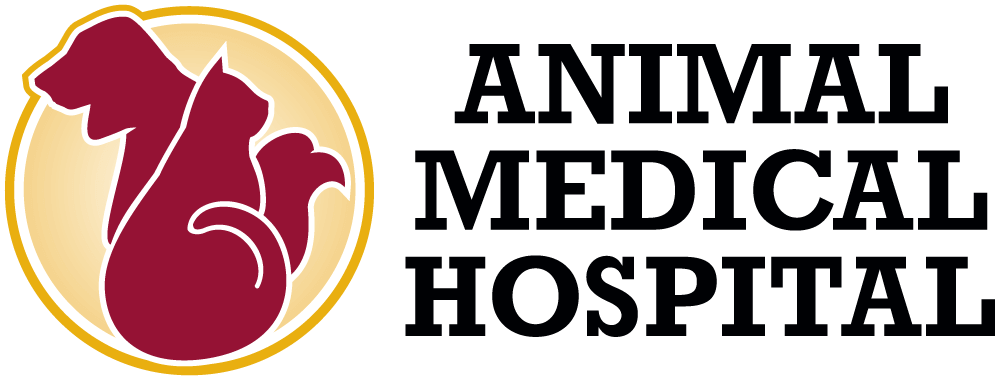

Animal Medical Hospital in Saint Petersburg, FL is equipped to perform most surgical procedures from spays and neuters to many soft tissue and orthopedic surgeries. We offer the best quality pain control medications and anesthesia available.
Our goal is a safe and successful surgical and anesthetic outcome for your dog, cat or exotic pet. To that end, we employ advanced anesthetic monitoring for your pet.
We also offer laser surgery, which offers your pet many benefits over traditional surgical methods.
Animal Laser Surgery
The use of several types of laser surgical tools has been a tremendous boon to human medicine, allowing more control, better pain management and less bleeding in many types of surgery. These instruments are now available for dogs and cats in the form of CO2 and diode lasers.
The laser greatly improves patient comfort for spaying, neutering and many types of tumor or mass removals. One of the surgeries where we see the most dramatic benefits of laser surgery is kitten declawing procedures, where both bleeding and pain are major concerns. The laser allows the procedure to be done, in most cases, without the use of a tourniquet to control bleeding, and cats are much more comfortable after recovery from anesthesia. Laser also allows some eyelid surgeries to be performed without sutures, resulting in less scarring.
In spite of all this, lasers are not, as some would have you believe, a cure-all for surgical problems or the best choice for all surgeries. In some cases, surgery may be performed more quickly or tissues may be easier to examine with traditional surgical methods. Your veterinarian will advise you as to the best surgical method for your pet.
Animal Medical Hospital surgeons all are experienced with the use of CO2 laser and are happy to be able to provide this valuable service to our St. Petersburg and Tampa Bay Area clients and their pets.
Spay And Neuter

Spaying and neutering refers to surgically altering a pet so that he or she is unable to reproduce. We recommend spaying and neutering for all animals that are not intended to be used for breeding. Spaying (ovariohysterectomy) refers to surgical removal of a female animal’s ovaries and uterus. Neutering (castration) refers to surgical removal of a male animal’s testicles. These procedures are very routine and very safe for pets.
Reasons to spay and/or neuter your pets:
• Prevents pet overpopulation due to accidental breeding
• 4 to 6 million healthy dogs and cats are euthanized in shelters in the US each year due to pet overpopulation
• Improves health and longevity
• Unspayed female cats and dogs are at an increased of developing breast cancer and pyometra (a potentially life-threatening infection of the uterus). Spaying eliminates the chance of pyometra, and it dramatically decreases the chance of breast cancer if performed before the first heat.
• Unneutered male dogs are at an increased risk of developing testicular cancer, prostate disease and certain types of hernias. Neutering eliminates the chance of testicular cancer, and it dramatically decreases the chance of developing prostate disease and hernias.
• Decreases the chance of developing undesirable behaviors including:
– Aggression
– Inappropriate urination (males especially)
– Roaming from the house/yard, which increases the chance of serious injuries and toxicities
Anesthetic Safety

How do we make anesthesia safe for your pet? Below are some of the steps we take to assure that our anesthetic procedures are safe and successful. An appropriate anesthetic plan is the first step in preventing anesthetic complications. The doctor who will perform the surgery examines the pet and reviews his or her history to determine the best anesthetic protocol for his or her needs. Decisions take into account each patient’s weight, breed, age, and underlying medical problems, as well as the type of surgery and level of pain control needed during and after surgery.
Careful anesthetic monitoring allows immediate detection and correction of any problems during anesthesia. Experienced veterinary technicians monitor anesthesia, consulting with the surgeon throughout the surgical procedure. Technicians monitor the depth of anesthesia, heart and respiratory rates, circulation, ECG, and pulse oximetry (blood oxygen level).
Additionally, the use of warm water heating pads to maintain body temperature and intravenous (IV) catheter and fluid support are often used to improve circulation and organ function during anesthesia. The catheter also acts as a quick route of medication administration during and after anesthesia.




